Regional alliances for iron-rich beans in Latin American countries
 Panama
Panama
 Colombia
Colombia
 Dominican Republic
Dominican Republic
 Honduras
Honduras
 Nicaragua
Nicaragua
Executive Summary
Agriculture in Latin America and the Caribbean (LAC), in particular Family Farming (FF), forms the basis of the regional population's food supply. It is estimated to provide 80% of the food consumed daily and have close to 15 million productive units. In the context of the COVID pandemic and in the years to come, producers will need new knowledge and timely support to avoid shortages and strengthen the efficient operation of value chains. In other words, it is critical to generate practices and knowledge that promote agroecological and sustainable agriculture, facilitate the use of practices that respond to the effects of climate change and variation, the sustainable use of natural resources, and increase productivity and food security.
Central America, the Dominican Republic and Colombia are a biodiversity reservoir and a niche for crops and animals of global importance. Unfortunately, they are also among the world's most vulnerable regions to the current and anticipated extremes of climate change (droughts, floods, hurricanes). Therefore, a holisitic approach is required with the various stakeholders and in research and development efforts to ensure food security and the sustainable management of natural resources. In recent decades, climate change has had a great impact on agriculture, generating volatility in production with consequences for food security and especially nutrition. It is likely that varieties historically grown in a region will have to be replaced with varieties better adapted to the new environment, or the same varieties with a greater degree of flexibility and nutritional content. It is important to consider initiatives that identify and validate these new varieties of basic food crops, such as beans, which will be key to generating sustainability in local food security. It is in this context where crops rich in micronutrients, such as the beans considered in this proposal, can make an important contribution not only to counteract the effects of climate change, but also to strengthen the food and nutritional security of the population, especially the most vulnerable.
From a scientific-technical point of view, achievements in the development of crops rich in micronutrients (biofortified) have been significant at the global and regional level, considering that more than 340 varieties of beans, corn, sweet potato, cassava, wheat and rice, have already been generated through conventional genetic improvement, and have higher-than-average amounts of iron, zinc and / or vitamin A. Additionally, these varieties have also been improved and selected for their adaptation to climatic variation and their high productivity. Although the potential of these crops is very high, given their role and potential in the diets of vulnerable populations, it is still necessary to determine key aspects that make the selection of iron-rich bean varieties appropriate to stimulate their demand and value chain, particularly in Central America and the Caribbean. Specifically, there is a need to identify the characteristics of the demand and potential market in the countries, strategies of identification and validation of the best varieties under the production conditions of each country, and to generate a strategy of knowledge management and technology transfer to producers to improve adoption rate of these new varieties.
The technological solution
This initiative seeks to integrate agriculture and nutrition issues, in order to close the communication and knowledge gap between producers, consumers and food environments. Among the main solutions are strategies aimed at strengthening the value chain, acceptance and technological adoption by producers, such as:
a) Baseline and final line available in the region with data from the main actors in the value chain for iron-rich beans in the intervention areas, their characteristics, limitations, market opportunities - commercialization and analysis of challenges.
b) A design protocol for the production of quality seed on demand-based producer farms.
c) A Strategic Plan with recommendations and successful experiences in the management of knowledge and communication in each country and at the regional level on stimulating the demand for iron-rich beans.
d) Availability of new varieties of beans rich in iron released for the Dominican Republic.
Results
This baseline will generate market and marketing information, based on primary data from the actors of the bean chain within the project intervention areas.
Contribute to the adoption of iron-rich bean varieties in the project countries through the validation and scaling of varieties with the highest demand on farms.
Ensure that iron-rich bean varities are available in the Dominican Republic.
Increase the dissemination of new knowledge and technologies that collaborate with the processes through adoption by producers and other relevant actors in the value chain.
Beneficiaries
The direct beneficiaries will be 1,200 producers and the indirect beneficiaries are estimated at a little more than 6,000. Additionally, the project aims to reach 200 researchers and technicians from public institutions. At least 30 local marketers and other chain actors will have access to training and information.
Sustainable Development Goals
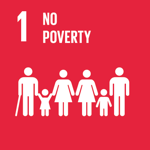
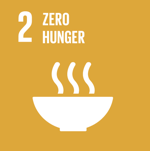
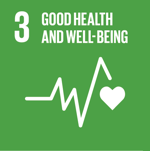
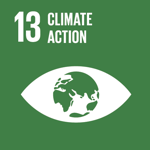
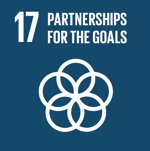
Project news
Participating Organizations
Executor
- Instituto de Innovación Agropecuaria de Panamá (IDIAP) - Panamá
Co-executor
- Corporación Colombiana de Investigación Agropecuaria (AGROSAVIA) - Colombia
- Dirección de Ciencia y Tecnología Agropecuaria (DICTA) - Honduras
- Instituto Dominicano de Investigaciones Agropecuarias y Forestales (IDIAF) - República Dominicana
- Instituto Nicaragüense de Tecnología Agropecuaria (INTA) - Nicaragua





